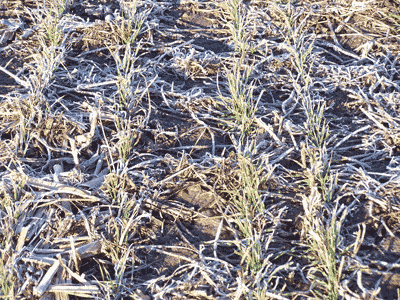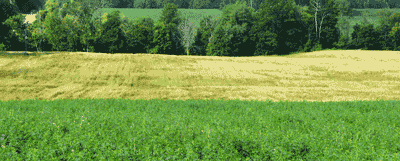Cropside: N rates and lodging to help determine N rates
AGRONOMIC INFORMATION FROM ONTARIO'S CROP SPECIALISTS

IN MEETINGS THROUGHOUT the winter we have been discussing higher nitrogen rates for cereals. Our research definitely suggests that higher N rates combined with fungicides can result in higher yields and more profit for soft winter wheat growers. But, there are some key factors to consider before you start changing N rates on your own farm.


Too much N can cause lodging and totally negate any added yield benefits. Consider these three points to predict the lodging potential in your field early this season.

early planting
Many growers planted winter wheat early this past fall. For those who got their wheat in the ground early, scouting should be done before changing N plans. Get out into the field and count stems in 19 inches of row (the equivalent of one square foot). Do counts throughout the field and if the average is above 75 stems per 19 inches, you need to progress slowly with N beyond what you usually apply, or consider using a growth regulator if bumping N rates.
With over 75 stems per 19 inches of row there is more plant-to-plant competition which will cause plants to stretch, grow taller and have thinner stems. More N will increase this growth and you may end up with lodging problems.
lodging history
Consider the field’s history. If the field has had a fair bit of lodging in the past three years with your normal N application, the last thing you should do is add more N. If the field has had virtually no lodging in the past three years, you owe it to yourself to try some higher N rates to see if these big yields are possible in your field.
work up to it
If you determine you are willing to try a bit more N, use test strips and increase in small increments. Put two field length strips in the field with 30 pounds more N than normal. Apply a Fusarium fungicide on those strips (or the whole field) at T-3 (a.k.a. Fusarium timing), as this is key to maintaining the increased yield extra N makes possible. Weigh the strips off and see if they have improved yield. (Note: Don’t put strips side by side or in the headlands – for an accurate test). •








